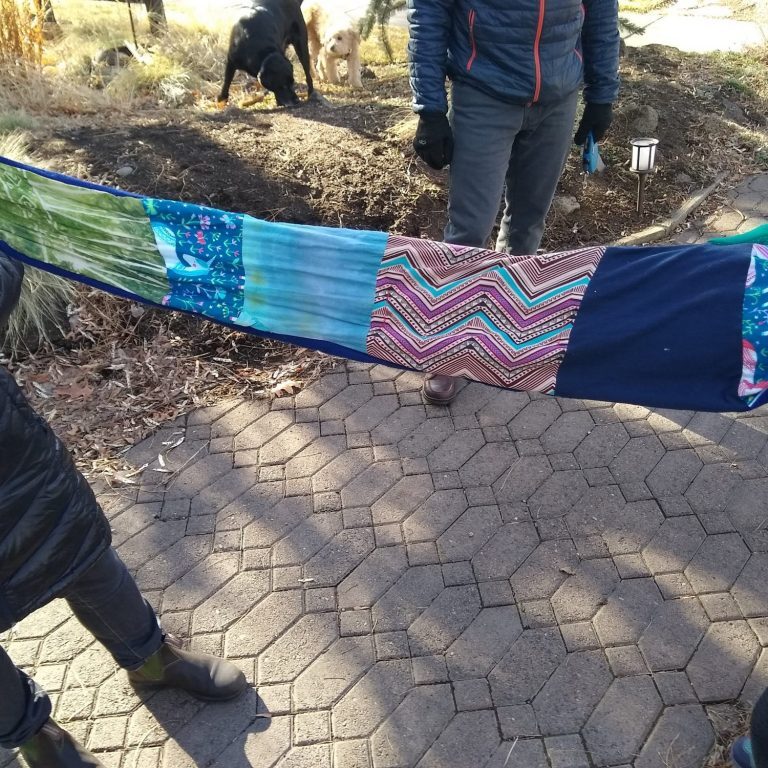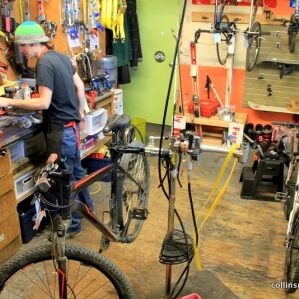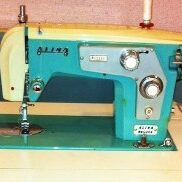Repair Tips
Dare to repair! If you can't repair it, do you really own it?
Most items available nowadays are cheap goods made to break within 6 months, leaving us in a trap of never-ending consumption to replace broken goods. That’s beginning to change. There has been an international resurgence to change our relationship with our stuff – to get away from a "buy – toss – buy" cycle.
Repairing your stuff (rather than throwing it away and buying something new) saves natural resources, prevents waste, and cultivates community. Read on for ideas and resources on how to repair your stuff.
Repair Café
Got a broken something? Bring it to one of our Repair Cafés! This event brings people with broken stuff together with people who like to fix stuff.
In fact, Repair Cafés have been offered by us here in Central Oregon for ten years!
Local Repair
Don’t want to repair it yourself and can’t wait for a Repair Café? Here are a few of our favorites:
- The Gear Fix for bike, boot, shoe, and outdoor gear repair.
- Utilitu where owner Allison Murphy sews, alters, repairs, and customizes clothes.
- Trade-n-tools near Greenwood and 2nd in Bend for tool repair.
- Broken sewing machine? Try David Bieber Sewing Machine Repair: (541) 550-9879.
DIY Repair
Check out these resources on fixing your stuff at home!
- Patagonia's Worn Wear program offers apparel guides and gear care tips.
- Check out ifixit.com for hundreds of repair guides and manuals, from electronics to vehicles and more.
- Learn on YouTube! Countless how-to videos have been posted by professionals and amateurs alike.
- Attend a virtual repair workshop hosted by Fixit Clinic.
Right to Repair
In this day and age, we are forced to battle with “planned obsolescence”: manufacturers design products to become obsolete after a certain period of time, usually a much shorter duration than they should because of new models and unavailable parts. “Right to Repair” refers to legislation designed to require manufacturers to release manuals allowing product consumers to be able to access the schematics of the objects (especially electronics) that they own. This has been particularly visible:
- in the automobile industry
- the farming industry — especially with John Deere tractors
- the cell phone industry — especially with Apple
- hospitals and medical equipment — especially in the time of COVID-19
But we have so many other electronics and appliances that we should be able to repair if they break!
Get involved with the Right to Repair: learn more about state and federal legislation and understand why repair is important for economies and waste reduction.



